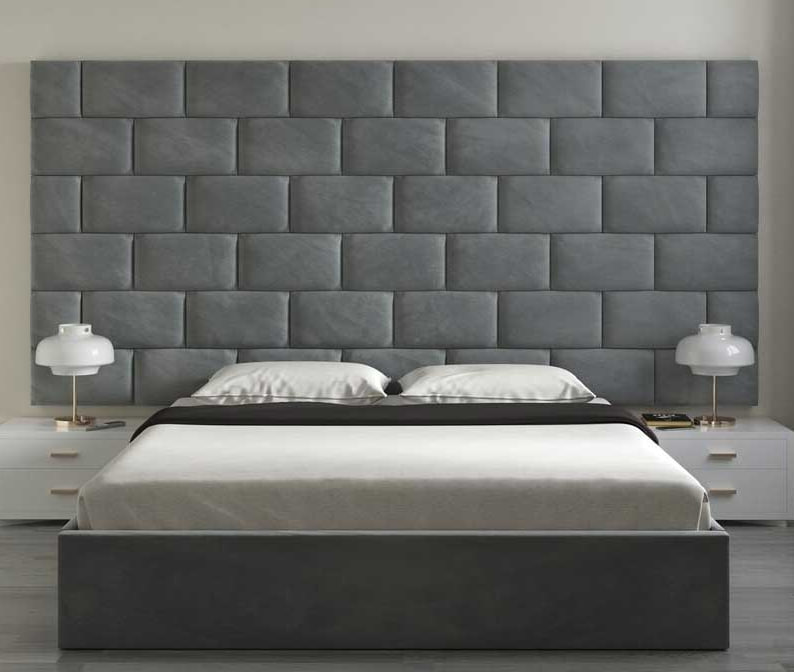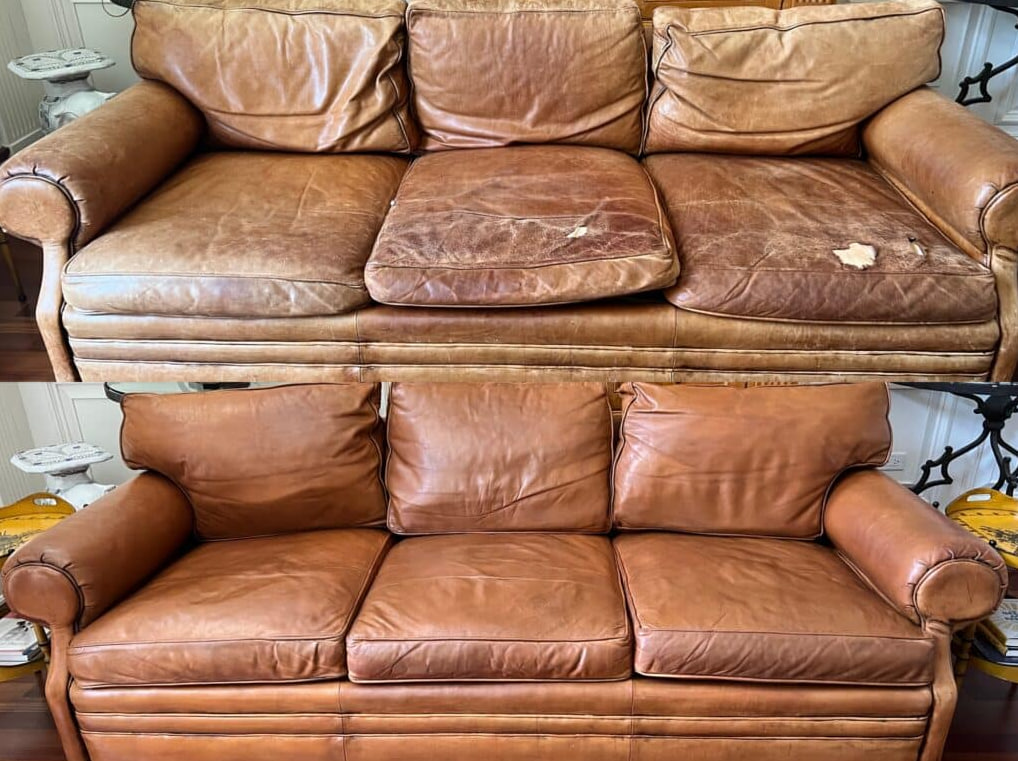Upholstered Wall Panels: Comfort, Style, and Acoustic Elegance
In recent years, upholstered wall panels have emerged as a stylish and functional element in modern interior design. They combine aesthetics, texture, and acoustic insulation in a way that few other materials can. Whether used in residential homes, offices, hospitality spaces, or entertainment rooms, upholstered panels provide a unique combination of comfort and character that transforms plain walls into design features.
What Are Upholstered Wall Panels?
Upholstered wall panels are soft, fabric-covered boards typically mounted to interior walls to provide decorative appeal, sound insulation, and a sense of luxury. They consist of a solid backing material — often MDF or plywood — covered with foam and wrapped in a textile or leather-like material. The panels are available in a variety of sizes, shapes, and finishes, allowing for full customization to suit different interiors and personal tastes.
Designers often use these panels to create dramatic headboards, cozy reading nooks, stylish feature walls, or full-height accent installations. In both homes and commercial spaces, they serve not only as a decorative element but also as a practical upgrade — enhancing acoustics, reducing noise, and adding insulation.
Where Upholstered Panels Work Best
Upholstered panels are particularly effective in bedrooms, living rooms, home theaters, and offices. In bedrooms, they are commonly used behind beds to form custom headboards or entire padded walls that add softness and depth to the space. In living rooms and media rooms, panels can absorb sound, reducing echo and making conversations or film watching more pleasant.
In offices or conference rooms, upholstered wall treatments not only improve acoustics but also convey a sense of sophistication and calm. In restaurants or hotels, they can be used to soften large wall spaces while enhancing visual comfort and atmosphere.
The versatility of these panels allows them to work in both modern and traditional interiors. With the right choice of fabric — from rich velvets and linens to sleek faux leather — and thoughtful arrangement, panels can create everything from a bold design statement to a subtle background texture.
Acoustic and Comfort Benefits
One of the key functional benefits of upholstered wall panels is their acoustic performance. The combination of foam padding and textile surface effectively absorbs sound waves, helping reduce echo, improve room acoustics, and control ambient noise. This makes them a smart choice for music studios, libraries, nurseries, or any room where sound quality or privacy is important.
Beyond acoustics, upholstered panels also add tactile warmth and a sense of comfort. Unlike cold, hard walls, fabric-covered panels are soft to the touch, making rooms feel more inviting and cozy. This is especially beneficial in environments where relaxation and calm are key — such as spas, lounges, and bedroom retreats.
Installation and Customization Options
Installing upholstered wall panels can be as simple or as complex as the design demands. Some panels come with mounting brackets or adhesive systems, making DIY installation relatively straightforward for single panels or headboards. More complex installations — such as full-wall layouts or custom patterns — are usually handled by professionals to ensure precise alignment and secure mounting.
Customization is one of the biggest advantages of this design element. Clients can select from a wide array of fabrics, colors, and textures. Common options include suede, velvet, cotton blends, and leatherette. Panels can also be embellished with stitching patterns, tufting, buttons, or even LED lighting to create a truly unique wall feature.
For large installations, designers often incorporate varying shapes and sizes — square, rectangular, diamond — to create geometric patterns or even three-dimensional effects. This adds movement and depth to the wall, transforming it into a central design feature.
Maintenance and Durability
Contrary to what some may assume, upholstered wall panels are relatively easy to maintain. Most fabrics used are treated to resist stains, dust, and fading. Regular vacuuming or gentle brushing is typically sufficient to keep them clean, while spot cleaning with mild detergent can handle small stains.
Panels made with quality materials and proper installation can last for many years without sagging, warping, or losing their appeal. In high-traffic commercial settings, it’s important to choose durable, performance-grade textiles that can withstand frequent use.
A Touch of Soft Luxury
Ultimately, upholstered wall panels offer an elegant balance of beauty and function. They bring visual interest and texture to spaces that might otherwise feel plain or sterile. More than just a trend, they’ve proven to be a lasting solution for designers seeking both aesthetic warmth and practical performance.
Whether you’re aiming to create a statement wall, enhance the acoustics of your home office, or simply add a touch of softness to your interior, upholstered wall panels are a versatile, timeless solution.





Post Comment